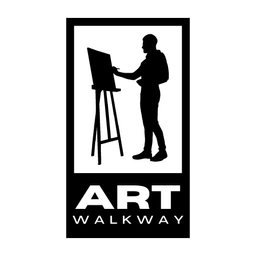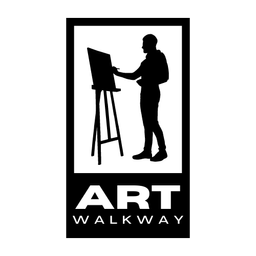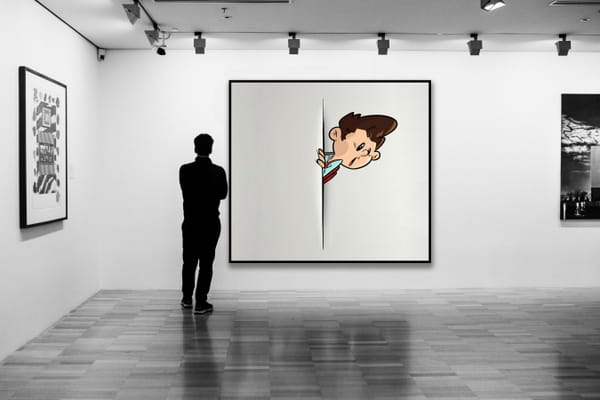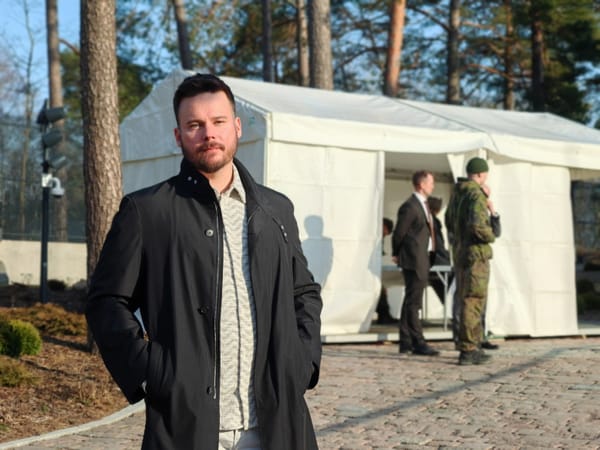I Don’t Hear a Voice in My Head—Is That Normal for an Artist?
Some people think in words. Others don’t. Here’s what that means—especially if you’re making art without an inner voice.

Some people paint from memory. Others paint from feeling. But what happens when there’s no voice in your head helping shape the process?
Yes—some people live without an inner monologue. No running commentary. No silent rehearsal of conversations. No thinking in words.
For most, this seems unthinkable. But for a growing number of creatives, neuroscientists, and psychologists, it’s a genuine cognitive variation—and one with serious implications for how we understand art-making and aesthetic experience.
Emma Watson explores the rare but real phenomenon of life without inner speech—and how it shapes the way some artists create, think, and see the world.
What Is Inner Monologue?
Inner monologue—also called inner speech—is the voice many people hear in their heads when they think. It might narrate their actions (“I need to pick up the brush”), replay social interactions, or help reason through abstract ideas.
But not everyone experiences this.
For people without inner speech (a phenomenon now being explored under terms like anendophasia), thought happens without language. They may think in images, sensations, or abstract intuitions—but not in full sentences.
It’s not a disorder. It’s not a lack of intelligence. It’s just a different internal architecture.
Why It Matters for Artists
Art education often assumes language. We teach students to write artist statements, explain processes, and critique with words. Even the creative process is often imagined as a verbal one: “What am I trying to say?”
But what if you don’t think in words at all?
For artists without inner monologue, creation might begin somewhere else entirely—before language, or outside of it.
These artists may struggle to explain their work not because they lack insight, but because insight doesn’t come in verbal form. Instead of a narrative, they operate through intuition, rhythm, shape, atmosphere.
And this raises a deeper question: how much of art is lost when we force it through language?

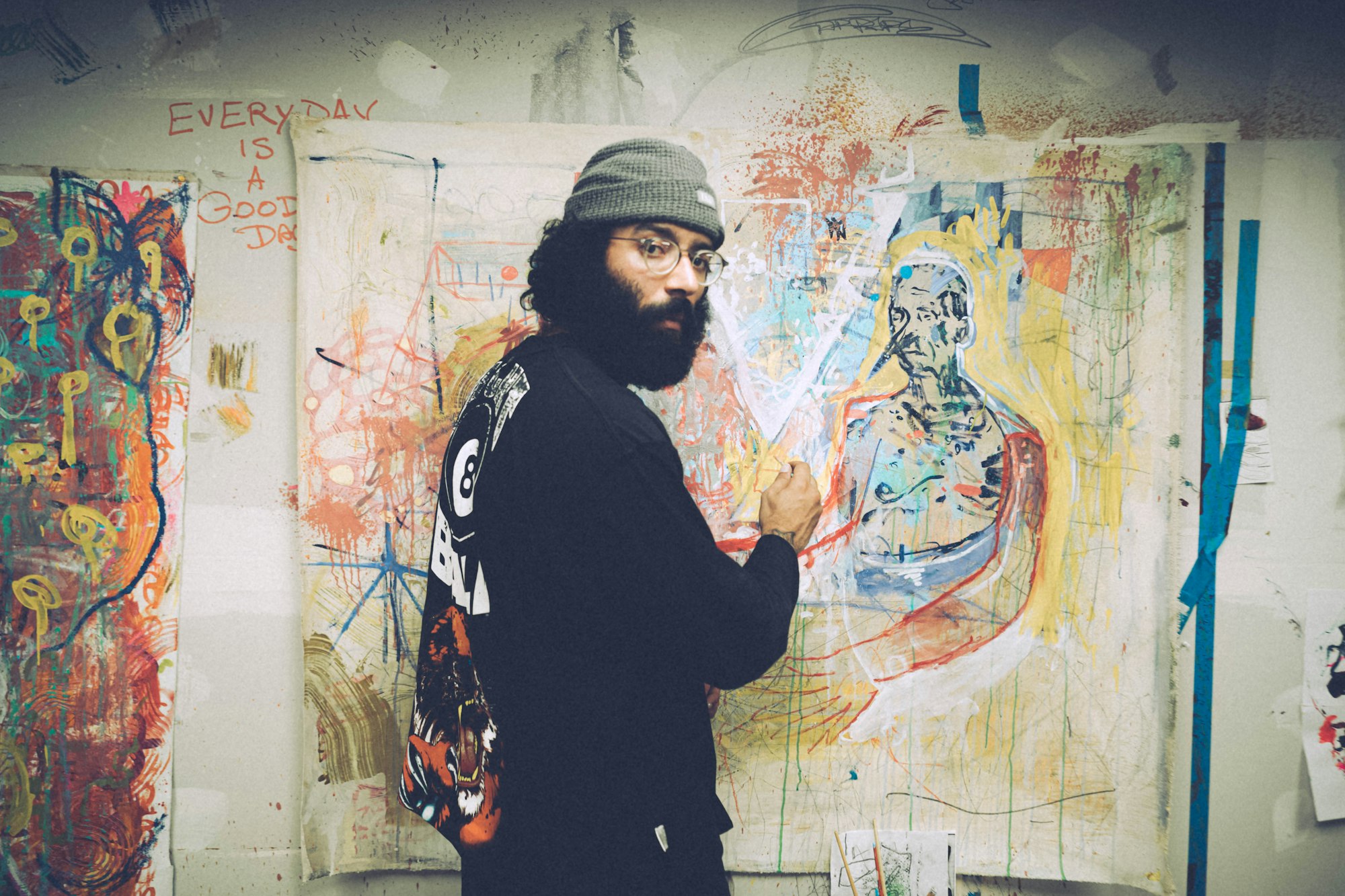
Visual Thinking vs. Verbal Thinking
There’s growing interest in cognitive styles like aphantasia (inability to form mental images) and hyperphantasia (vivid visual imagination), both of which shape how artists engage with memory, space, and emotional recall.
In a similar way, anendophasia challenges the assumption that inner speech is necessary for conceptual thinking or creativity.
An artist without an inner voice might:
- Design from gut feeling, not verbal logic
- Navigate composition through motion or muscle memory
- Experience critique as an interruption, not a refinement
- Work in silence—not as retreat, but as baseline
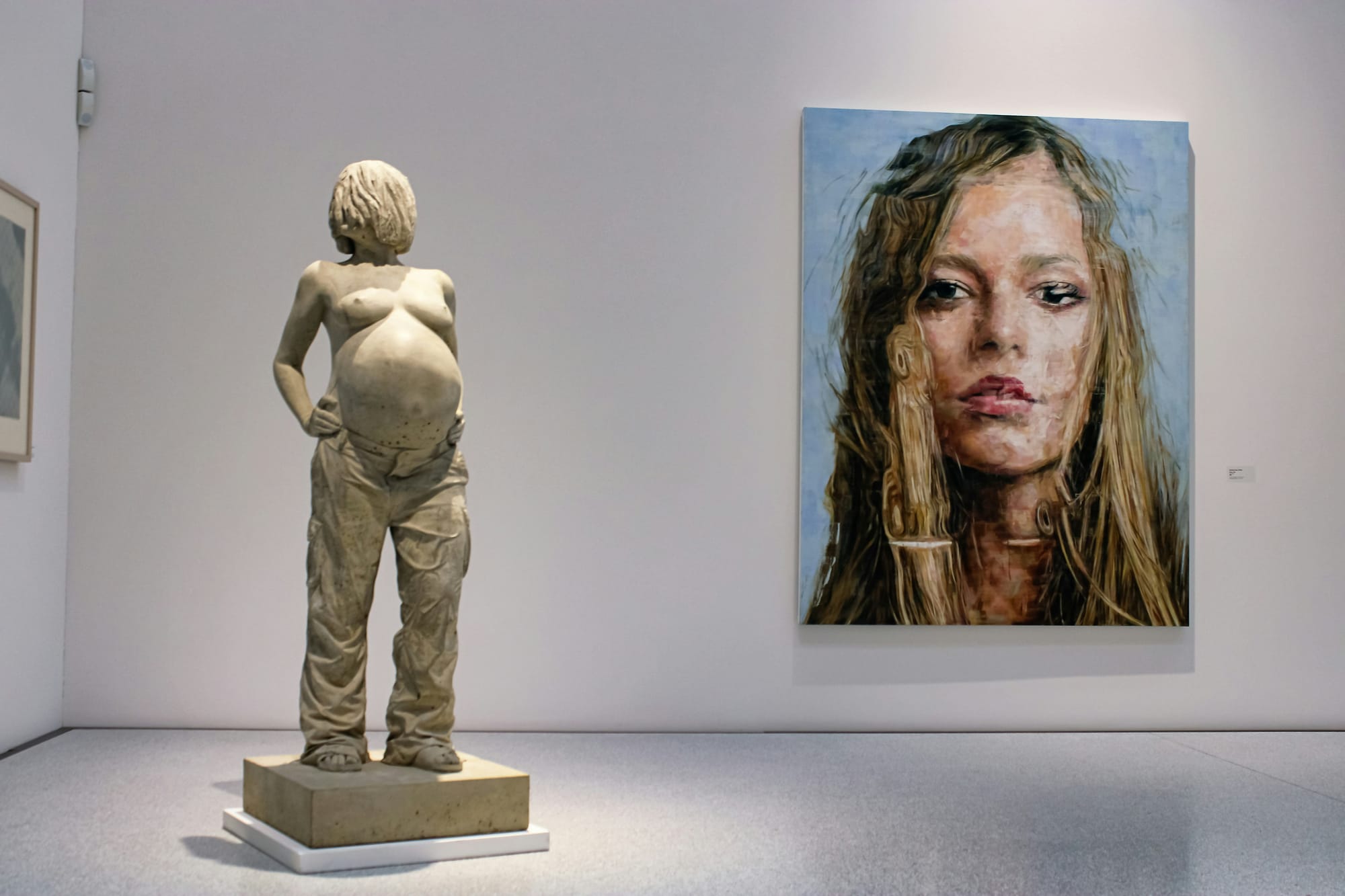
A Different Kind of Reflection
One of the most common misunderstandings about artists without inner monologue is that they lack introspection.
In reality, they reflect deeply—just not through words.
Instead of journaling, they may reflect by reworking the same piece again and again. Instead of “thinking it through,” they may “feel it forward.” And rather than describing their intent, they may resist explanation altogether.
For curators, educators, and collectors, this should signal a shift in how we engage with artists.
Not all meaning comes in sentences.
A Word to Artists
If you’re an artist reading this and realizing you don’t have an inner monologue—or that your thinking is primarily visual, emotional, or sensory—you’re not broken. You’re not alone.
This isn’t about pathology. It’s about expanding the model of what creativity looks like on the inside.
The art world has long privileged verbal thinkers—those who can defend, describe, or declare. But the future of art may lie with those who don’t need to explain at all.
Because sometimes the truest artistic voice is the one that never speaks.
ART Walkway News


